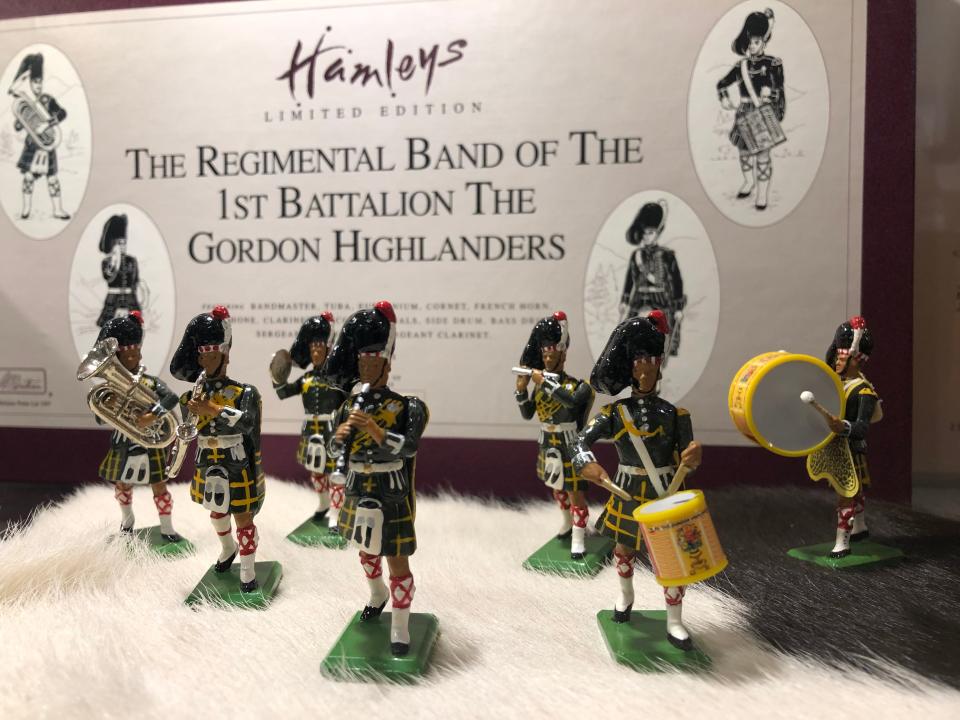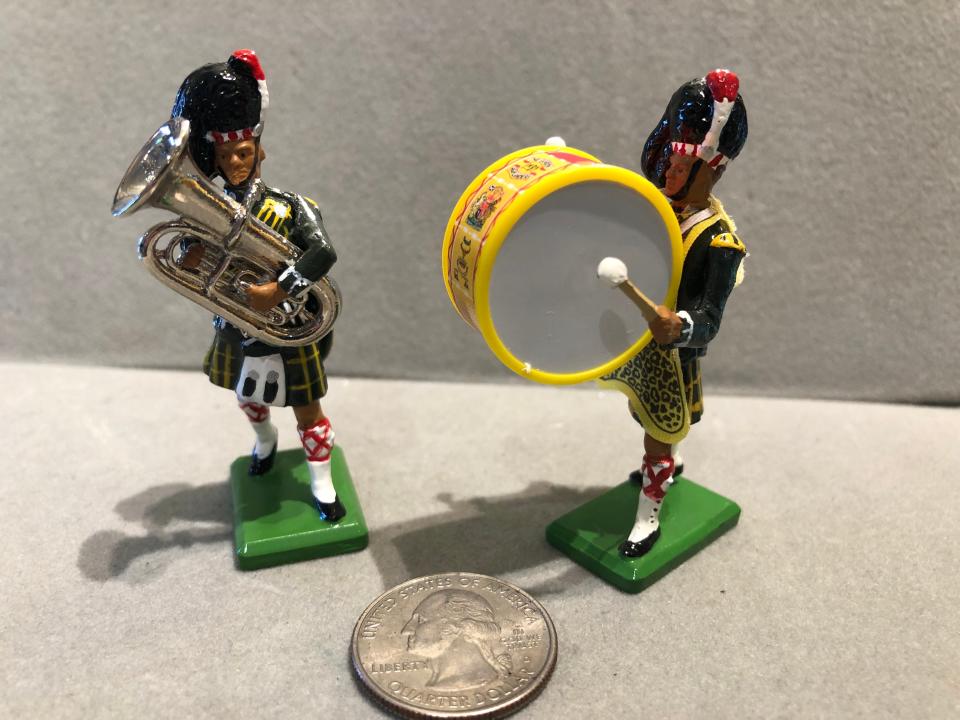Antiques: An army of toy soliders is yours to command
Good things come in small packages. That's one of those aphorisms that people selling small stuff would have you believe. In fact, large is usually better than small, but that's not to say tiny stuff has no worth. And one of the things that can make small items interesting is the degree of detail that goes into their manufacture.
The beautiful latticework on old jewelry and the remarkable precision of vintage watch dials are just two examples of miniature craftsmanship at its finest. Another is the degree to which vintage toy soldiers were meticulously painted with total fidelity to their subjects. After years of latency, this latter category is once again on the move. Let's check in.
Like many things, most toy soldiers of today are made from plastic, but it wasn't always so. Extending as far back as the days of the pharaohs, such tiny figures were constructed of porcelain and silver and used in war-gaming by their military commanders. Over the course of two millennia, they became increasingly detailed and popular with the upper crust as decorative items. New materials such as lead and tin also appeared in soldier form as molding allowed for increased production and more attention to detail.

By the late 19th century, tiny soldiers in full ceremonial dress were available in sets of nine figures. The best ones weren't inexpensive, but the quality of workmanship was exceedingly high.
In 1893, the category received a further boost with the introduction of hollow-cast lead figures. Developed in the UK by a conveniently-named William Britain, these figures were lighter and cheaper than their solid predecessors and thus substantially expanded the market.
A few years later in 1899, the Boer War further highlighted the martial arts, and a range of figures were introduced to promote British patriotism. Some sets such as the Egyptian Camel Corps and Indian Cavalry of 1896 went on to become classics.
Over the course of the 20th century, other makers from around the world jumped into the market. While the UK remain a hotbed of production, American companies such as Barclays (f. 1924) entered the fray with cowboy-and-indian figurines, and the German firm of Hausser & Elastolin helped popularize Germany's rearmament efforts with their miniatures prior to WWII.

Following the war, plastic injection molding of toy soldiers became the norm as the ill-health effects of lead became more recognized. In 1966, new production of lead soldiers was banned in the UK, yet they remain popular with collectors today.
During the late 1960s and into the '70s, collecting the little fellas fell out of favor as anti-war sentiment swept the USA. Scarce figures that would be quite valuable today were thrown out by the thousands by well-meaning moms, though non-military figures from the likes of Disney and "Star Wars" kept the industry going.
In Britain, however, toy soldiers made from pewter and tin with much improved definition helped maintain the market there. A subsequent nostalgia wave in the 1980s renewed enthusiasm for the category in both metal and plastic forms, and it has continued strong at least among adult collectors ever since.
Today, pricing for the rarest sets can reach thousands of dollars, but you don't have to spend that much to command your own brigade of troops. They won't listen any better than your kids do, but at least they'll stay where you put them.
Mike Rivkin and his wife, Linda, are longtime residents of Rancho Mirage. For many years, he was an award-winning catalogue publisher and has authored seven books, along with countless articles. Now, he's the owner of Antique Galleries of Palm Springs. His antiques column appears Sundays in The Desert Sun. Want to send Mike a question about antiques? Drop him a line at info@silverfishpress.com
This article originally appeared on Palm Springs Desert Sun: Antiques: An army of toy soliders is yours to command

